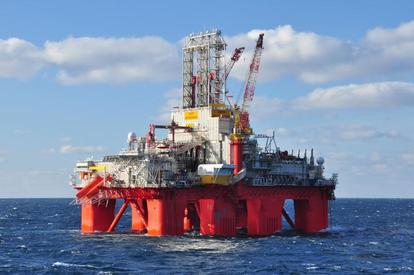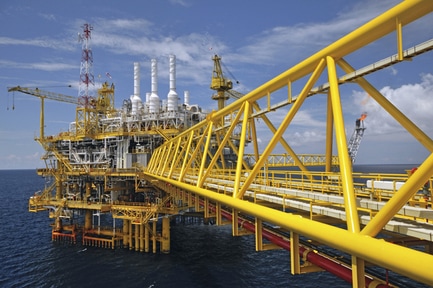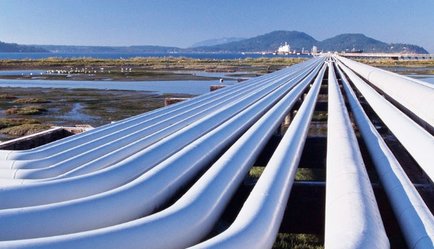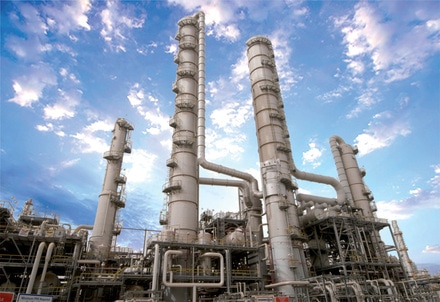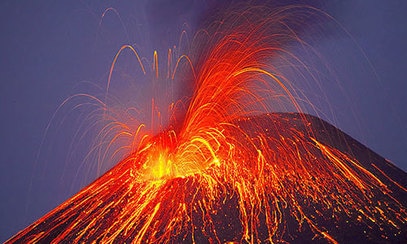What is Petroleum?
Petroleum is a complex mixture of naturally occurring hydrocarbon compounds found in rock.
Petroleum can range from solid to gas, but the term is generally used to refer to liquid crude oil.
Petroleum is important for our life, as it is an important energy source and petrochemical feedstock.
Petroleum can range from solid to gas, but the term is generally used to refer to liquid crude oil.
Petroleum is important for our life, as it is an important energy source and petrochemical feedstock.
|
Onshore Petroleum Project
Reference: www.waltongas.com
|
Offshore Petroleum Project
Reference: www.borsaeforex.com
|
Petroleum Industry
Petroleum industry is divided into three major sectors.
First: Upstream Industry
Exploration and Production (E&P)
Geologists and many Engineers work in this part.
First: Upstream Industry
Exploration and Production (E&P)
Geologists and many Engineers work in this part.
Reference: http://sfallonandsons.co.uk
Second: Midstream Industry
Transportation, storage, and wholesale marketing of crude or refined petroleum products.
May be classified as a part of the downstream industry.
Reference: www.linkedin.com
Reference: http://ayaronline.ir
What is Petroleum used for?
Petroleum was used before 1900 and became a major energy source since 1950.
Petroleum is used for fuels (90-95%) and as petrochemical feedstock (5-10%).
Oil
Oil is mainly used in transportation.
Gas
Gas is mainly used in electricity generation, as an industry fuel, and for heating.
Petroleum is used for fuels (90-95%) and as petrochemical feedstock (5-10%).
Oil
Oil is mainly used in transportation.
Gas
Gas is mainly used in electricity generation, as an industry fuel, and for heating.
What is Geology?
Geology is the science about understanding the evolution of life on Earth, discovering resources,
recognizing and minimizing the environmental implications of resources,
and learning how to mitigate the hazards related to earthquakes, volcanic eruptions, and slope failures.
An important part of geology
An important part of geology is the study of how Earth's materials, structures, processes, and organisms have changed over time.
recognizing and minimizing the environmental implications of resources,
and learning how to mitigate the hazards related to earthquakes, volcanic eruptions, and slope failures.
An important part of geology
An important part of geology is the study of how Earth's materials, structures, processes, and organisms have changed over time.
|
Study about the structures and change of the Earth
Reference: http://media.mnn.com
|
Learning how to mitigate the hazards
Reference: http://s1.dmcdn.net
|
Reference
Fundamental Petroleum Engineering by Yothin Tongpenyai
www.appea.com.au
https://en.wikipedia.org/wiki/Midstream
https://opentextbc.ca
Fundamental Petroleum Engineering by Yothin Tongpenyai
www.appea.com.au
https://en.wikipedia.org/wiki/Midstream
https://opentextbc.ca

